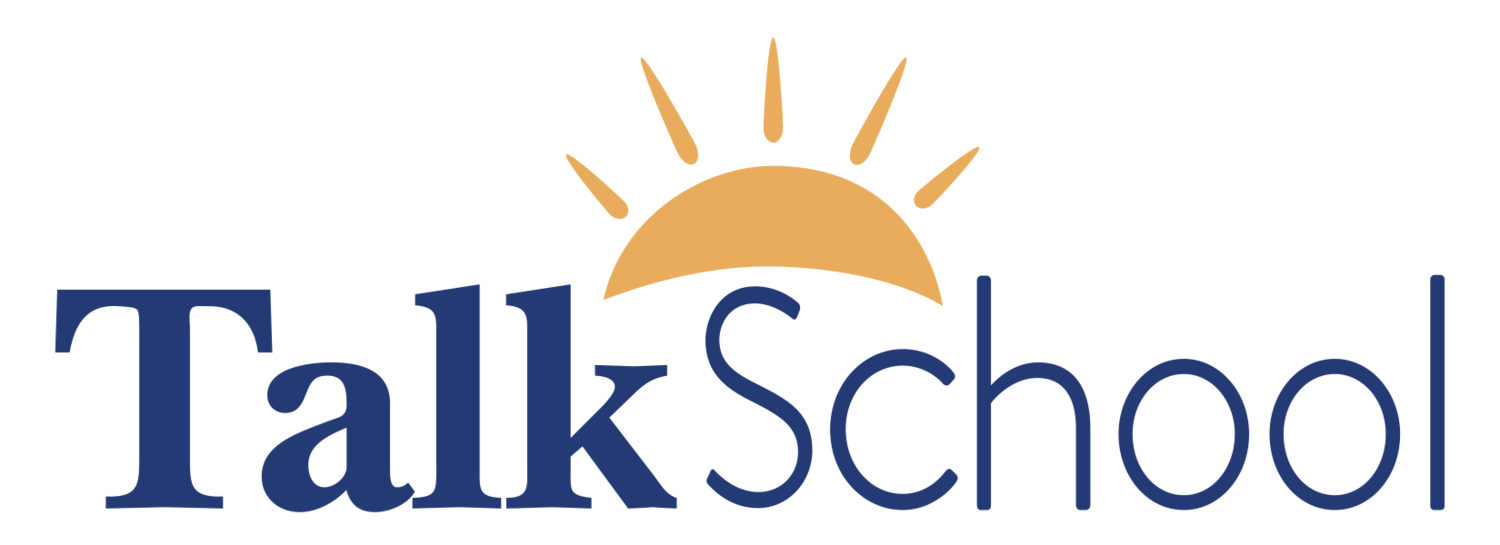The TALK Institute's holistic program teaches speech, reading to autistic and speech-disabled kids
Philadelphia Autism & Parenting Examiner - Beth Kelleher
Lack of communication skills is a frustrating aspect of ASD
One of the most difficult struggles facing parents of autism spectrum children is often a child's lack of ability to communicate consistently or at all. Verbal expression is something that many ASD kids have problems with and it can be exhausting to try to find the right set of tools to help a child on the spectrum to speak and beyond that to read.
The Association Method
One highly successful method for teaching not only ASD kids, but children with all kinds of speech-related delays and disabilities, is the Association Method, developed by Mildred McGinnis at the Central Institute for the Deaf in St. Louis. The method teaches discrete sounds and, gradually, how to put sounds together to make nouns, then sentences, corresponding questions and then paragraphs. Students learn to read and write as they are learning to speak. Cursive is used rather than print throughout the program, which provides a continuous flow for students who frequently have motor difficulties. Since many language-disordered children have reading difficulties, cursive shows words as a single unit, which makes each word easier to grasp. Children will also generalize to print 95% of the time without difficulty. The Association Method is designed to reduce or alleviate the amount of difficulty students have in decoding, organizing, associating, storing and retrieving the information they need to learn language and speak clearly and articulately.
The TALK Institute and School Program
The TALK Institute and School in Newtown Square offers a holistic program for children on the spectrum and other speech-disabled students to help them to overcome their language difficulties. The program's core curriculum is the Association Method combined with traditional speech and language therapy, intensive occupational therapy with a sensory integration focus, and a relationship-based approach to teaching and learning. The combination of these methods allows children to develop speech, reading, writing and comprehension. which helps to reduce frustration, agitation and anxiety and allows them to participate with their families and communities and to progress academically.
Admissions and What To Expect
Admission to the program is a three-step process starting with an initial 30 minute screening to determine whether or not a child has the readiness and skills to be successful with the program. The second step involves a 1.5 to 2 hour placement screening that includes Occupational Therapy, Educational and Speech testing. The third step is a week-long trial placement. The trial placement results in a detailed report with recommendations for treatment and readiness or an offer of longer-term placement.
Typically, children join the program with the goal of improving their speech, language and reading skills so that they can rejoin a mainstream setting and be successful in that environment. Placement in the program may be initiated directly by parents or may result from a recommendation by the child's home school district. Parents are welcome to visit the program. Please call the TALK Institute and School at 610.356.5566 to schedule a visit.
Payment Options
As a licensed, academic, private school, The TALK Institute and School do not fall under the umbrella of services that are covered by MA or CHIP, however, insurance statements are provided for submission to a family's insurance provider for consideration. The school also participates in the PA Educational Improvement program which may provide scholarship assistance. Placement through the child's home school district may cover tuition.
Additional Information
Beyond its core program, the TALK Institute and School also offers outpatient services, including speech therapy, occupational therapy and TheraSuit therapy for children with neuromuscular and sensory integration difficulties.
The staff of the TALK Institute and School offer the following tips for parents to help support their children with speech and other difficulties outside of the school, or therapy setting:
- Provide the visual symbol for sounds you are teaching to help children build oral and written memory for sounds.
- Presume intellect in your child and speak to him/her at an age-appropriate level. Narrate what's going on around you and your child to help your child associate language with activities, objects, ideas and concepts. Keep a dialogue going that allows your child to engage with you to develop comprehension and communication skills.
- Find a system of communication that works for you and your child. It doesn't matter what is actually included in this system as long as it helps you to communicate with each other.
- Consider learning and using the Rapid Prompting Method™ to help your child express him or herself at a true level of comprehension beyond the apparent level of speaking ability.
- Keep lines of communication with any program or school your child attends open, to handle problems proactively and form a partnership with your child's treating therapists and school environment.
- If your child doesn't have it already, work with your child's school to get level-appropriate homework so that learning is reinforced both at school and at home.
- Consider working with your occupational therapist to develop a home-based sensory diet.
- Interpret behavior as communication. If your child appears in distress, look for underlying medical conditions that may be masked by your child's inability to communicate such as food allergies or digestive problems that can cause pain, irritability, and agitation.
- Never allow anyone to speak about your child in front of him or her. Speech-delayed or disabled children understand far more than we might be aware.
For more information:
- Call Melinda Kotler at the TALK Institute and School at 610.356.5566
- Visit the TALK Institute and School Website
- Visit the Rapid Prompting Method™ Website
- Learn more about creating a home sensory diet
